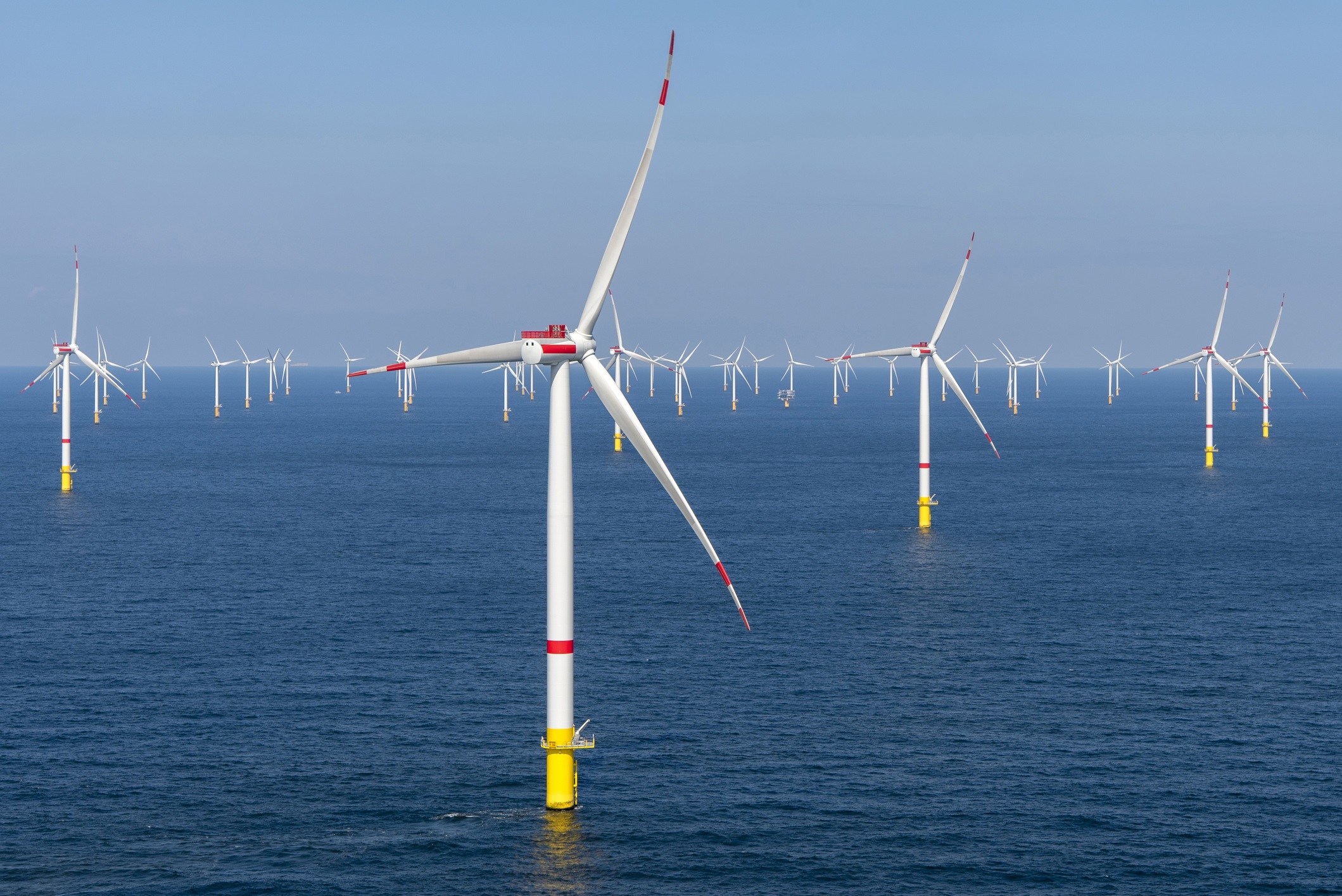The ten kilometer wind farm in the Taiwan Strait will produce enough energy for 13 million households.
In recent years, larger and larger wind farms have been set up in China, one after another, thanks to which the country is now the largest producer of wind energy in the world: China alone Produce more wind energy, compared to the USA and EU combined, and based on capacity, they have more than 25% of the world’s total wind energy production. It is also true that the country is still at the top of the world in terms of per capita wind energy, and since China has a lot of offshore land, there is still plenty of room for further development.
In the past few days, the Chaozhou city government has announced that as part of the upcoming five-year plan, a larger offshore wind farm will be established in the Taiwan Strait, which will have a total capacity of 43.3 gigawatts, and will produce more than double its output. Lots of energy as the biggest energy right now – by the way, also in China – like this facility – Interesting engineering reports. According to the plans, the wind farm – whose construction will begin before 2025 – will be able to operate with a capacity of approximately 43-49%, and according to calculations, it will cover the energy needs of about 13 million households. This is a large sum even by Chinese standards, since According to official statistics There are about 520 million households in the country, which means that the wind farm in Chaozhou will have enough capacity for about 2.5% of the total population.
China needs such developments if it is to achieve the target set in 2020, according to which the country will achieve complete carbon neutrality by 2060. Our World in Data stats page According to data for the year 2020 China is by far the largest emitter of carbon dioxide in the world, with the Far Eastern country alone responsible for about 30% of the world’s total emissions. However, it is also true that if the same numbers are examined in proportion to population, China’s per capita emissions are only slightly higher than that of the European Union and much lower than those of countries such as the United States, Russia and Canada. or Australia.
According to experts’ opinions Climate neutrality in 2060 is not out of reach for China, but it will require technologies other than exploiting renewable energy sources, such as creating factories capable of extracting carbon dioxide from the atmosphere. According to the calculations of the World Bank The country must spend about $17 trillion developing green infrastructure if they are to maintain the set goals.
(Opening image is an illustration, Photo: Tom Buysse/Getty Images)






















![Because of the relative Remaster, you get a lot of fun playing! [VIDEO] Because of the relative Remaster, you get a lot of fun playing! [VIDEO]](https://thegeek.hu/wp-content/uploads/sites/2/2023/11/thegeek-post-trauma-2023.jpg)





















